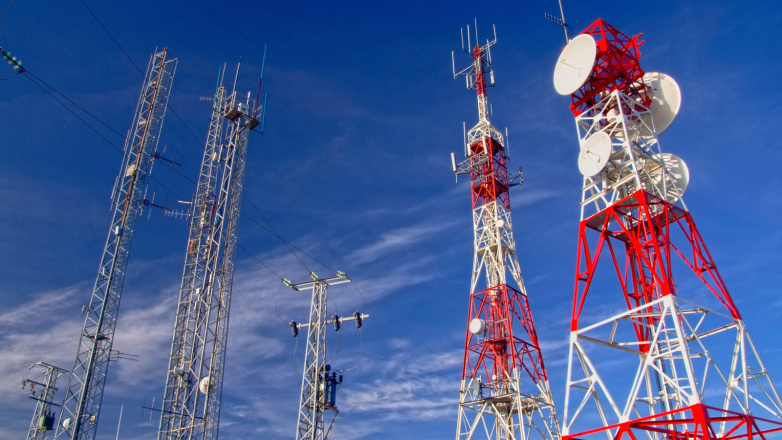Are usually safest distance from a 5G cell Structure?

If you've ever walked through a city, you may have seen tiny mini 5G cell towers on the poles of street lights. They look like small boxes however they're actually sending wireless signals from cellular providers to your phone.
The smaller ones are being replaced by larger, purpose-built cell towers. While they're less noticeable, they still can create problems for those who live nearby.
A FCC's Radiation Exposure Thresholds
The FCC's Radiation Exposure Thresholds determine the safe distance that an individual can be exposed to electromagnetic energy from wireless devices. The exposure limits are based upon scientific research that prove that electromagnetic energy could be harmful to human health.
The rate of absorption called the specific absorption rate (SAR) is an indicator of the radiofrequency energy taken up by tissues. It's usually 1.6 watts per kilogram, calculated over one gram of tissue.
But, since 5g operates at higher frequencies and has the potential to increase the intensity of energy on the skin as well as other body parts. what is a safe distance from a cell tower can lead to various possible harms, like the development of skin diseases such as dermatitis and cataracts, and skin cancer.
Due to the possible harmful effects of radiation from 5G, PSU has chosen to create a general power density limit of 4 mW/cm2 based on the average across 1 centimeter, and never to exceed 30 minutes for the entire 5G spectrum at 3000 GHz. This limit for localization is in line with the highest SAR that is spatially averaged at 1.6 W/kg averaged over 1 5 grams of body tissue, at 6 GHz.
The FCC's Maximum Exposure Thresholds
If you've ever used a cell phone, you're probably aware that a safe range from the tower should be at least 400 meters. This is because the power of transmission from the cell tower is significantly increased the farther you are from it.

While what is a safe distance from a 5g cell tower sounds like an ideal idea but the truth is that people living in close proximity to towers might be more prone to health problems. For instance, a study conducted in 2014 in India discovered that those who lived within 50m of cell towers experienced much more health problems than those who lived farther distance from them.
This study showed that residents who moved into areas farther away from cell towers noticed their symptoms return to normal within a few days. Another study has demonstrated that exposure to extreme frequencies of radiofrequency electromagnetic fields (EMFs) can cause cancer, brain tumors and other health issues.
This is because RF radiation, used in wireless communication, can penetrate the human body's outer layer, the skin. It is vital to be aware of this because the skin acts as a protective barrier against mechanical injury, infection from pathogenic microorganisms, as well as entry of toxic substances. It is also the biggest organ in the human body. It is responsible for maintaining the integrity of other organs.
The FCC's Minimum Exposure Thresholds for the Minimum Exposure
The FCC's Minimum Exposure Thresholds rely on a variety of assumptions that aren't supported by scientific research. This includes the false assumption that short-term exposures to RF radiation are safe due to minimal radiation penetration in the human body (i.e., tissue heating).
The assumption also ignores the more extensive penetration of ELF parts of modulated RF signals and the effect on the body of short bursts generated by RF waves that are pulsed. These assumptions do not correspond with the current understanding of biological consequences of RF radiation. As such safe distance to live from cell phone tower should not be considered for health protection exposure guidelines.
Additionally to that, ICNIRP and FCC are limiting their exposure limits to local peak SARs that are based on the maximum frequency of absorption (psSAR) that is an inadequate dosimetric tool for determining the level of radiation exposure. In particular, psSAR is inaccurate for frequencies that exceed 6 GHz. Furthermore, psSAR has not been evaluated for RF radiation exposed to other environmental agents , such as sunlight. In the event of interactions, RF radiations with different agents in the environment could produce synergistic or antagonistic effects. This would result in an increased risk of adverse health adverse effects. For example, co-exposure to RF radiation along with exposure to sunlight can increase the risk of skin cancer, and may also exacerbate other skin conditions like acne.
